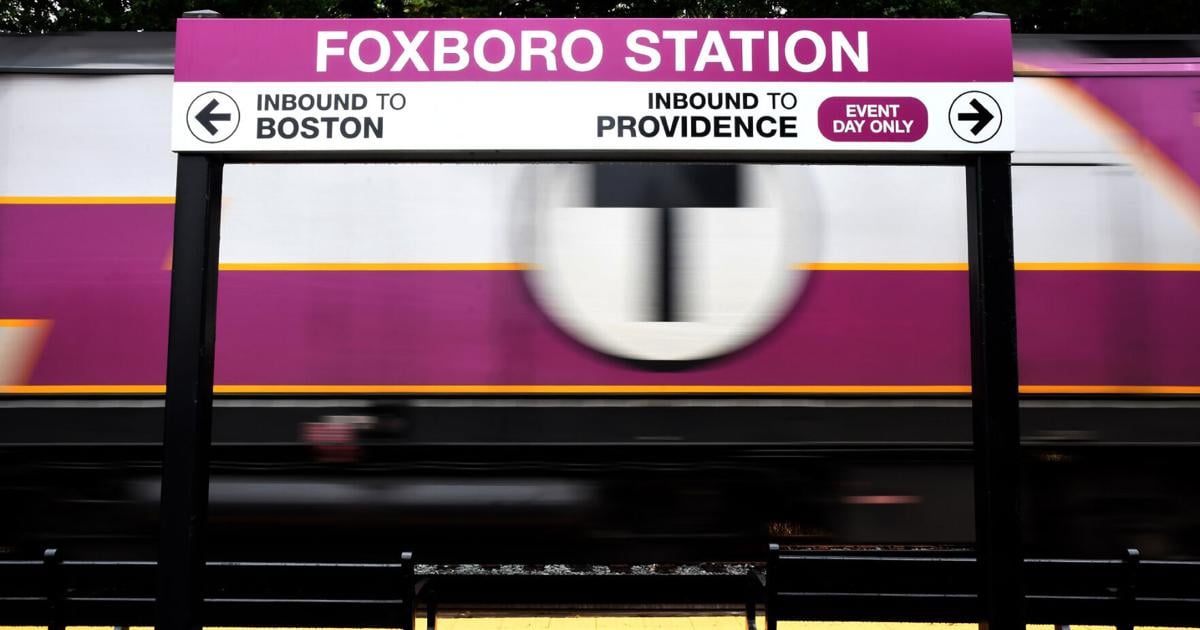Additional detail. . .
Coach power (
Head-end Power, or HEP) in the U.S. uses three-phase 480V AC power, fed between cars by a specific nationalized cabling standard such that any train can cross-pollinate their layover usage across the continent (see: Amtrak) and also cross-pollinate basic push-pull coach compatibility between agencies. The HEP generator in the diesel locomotive or transformers in an electric locomotive would portion out the 480V, as would the ground power plug-ins at the layovers. Transformers in each individual coach would then portion out the 480V source to component-specific voltages (lights, HVAC, intercom, computers/WiFi, three-prong 120V electrical outlets, etc.). The cabling standards set limits on total load and provide redundancy for really power-hungry trains (like Amtrak long-distances where a sleeper can suck up 50 kW and a diner can suck up 100 kW vs. a coach's 20-40 kW).
EMU's (and to lesser degree integrated trainsets) don't have to care about portioning to a 480V source that is then portioned out to other components in the cars. They can choose the straightest-line and most cost effective route for transforming between the 25 kV (or whatever) overhead source to the voltage of the lights and electrical outlets, because they're always touching a 25 kV-or-whatever source. And unless they're a special case like the NJ Transit MultiLevel EMU's where they're designed to be interfacing with stock coaches, they don't have to care about the specific U.S. cabling standards (for example, the Amtrak Acela 1's use regular three-phase 480V HEP power from their power cars but the cabling is completely hard-wired and integrated so they cannot be towed lights-on by a stock rescue locomotive). The unpowered singlet cars in the Metro North M8 order, for example, use a pantograph and transform their HEP straight down to the component level because they're electrically isolated from any self-propelled pairs and don't need a 480V intermediary. The self-propelled M8's do the same, but distributed between the married pairs; they cannot interface with stock coaches except in a dead-tow. Therefore, any BEMU that's derived from a non-conforming EMU will not have plug-in HEP compatibility and their layover yards must have full charging stations to idle without draining the battery.
Foreign makes use
different HEP voltages and
different HEP cabling standards than North America. 1.5 kV AC in mainland Europe, a slew of different UK/Ireland standards, an Eastern Bloc standard, and so on. So even if an import EMU were able to trainline with stock import coaches, it's not likely to be compatible with U.S. HEP voltage without a vehicle customization for the domestic market. And, being EMU's that are always under wire, that's not going to be an oft-requested vehicle customization so stuff like the Stadler KISS used on Caltrain gets on just fine with whatever between-car Euro voltage it chooses. Therefore, BEMU makes derived from Euro EMU's are very unlikely to have plug-in compatibility with U.S. ground power...despite that being intrinsically a *little* bit more of a need with BEMU's. In most cases, including the T's other two proposed BEMU lines, the buyer just builds a full-on 25 kV charging station at the layovers and doesn't pussyfoot around with 480V idling hacks. The T just doesn't have that option with Newburyport and Rockport layovers because there's no 25 kV-suitable transmission lines in either vicinity. Now,
DMU's have an ironclad need for a U.S. HEP hookup as a standard feature, because they need to plug in overnight to keep their engines off...so modular product families that do EMU/DMU/BEMU variants are often engineered to serve up country-standard HEP voltages and cabling easily. The Stadler FLIRT (low-level boarding only) has DMU sales in the U.S. that do this, so a BEMU variant of that can probably be ordered pretty easily with U.S. HEP compatibility because that feature is already part of their domestic DMU packaging. The KISS high-boarding make for Caltrain that's applicable to the T, however, does not have any DMU sales in this country nor any agencies sniffing around yet on DMU KISSes...so Stadler has not yet tried to change its car voltages for the domestic market, even with it now pitching its BEMU demonstrator to Caltrain (Caltrain is planning a charging station at Gilroy, so they don't have to care anyway).
TLDR: It's very likely that of the 6 EMU and 5 BEMU bids the T got in their respective RFP's that
none other than the coach-compatible Alstom MultiLevel (EMU-only) bother with U.S. plug-in compatibility. Because they're either EMU's that don't need to care, or foreign imports. If they do have/need it, it's an added cost (not a huge technical deal, but an added cost nonetheless). And an outright customization on any of the makes derived from solely straight-EMU's that take the straightest-line path from 25 kV to sub-component voltage and don't even bother with the 480V middleman like an M8. Therefore, with Rockburyport not having layover charging stations as an option they have no choice but to over-provision their electrification for batteries that get depleted overnight at the layovers by HVAC that can't plug in. Which pours a load of cold water on the much-hyped partial electrification "cost savings".




